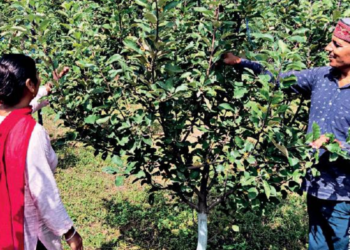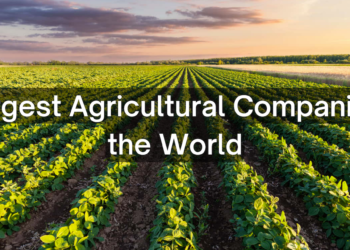Soil fertility is the cornerstone of successful agriculture and sustainable land management. Healthy, fertile soil is the lifeblood of our food production systems, providing the essential nutrients and conditions necessary for robust plant growth and bountiful harvests. In this article, we will explore ten proven and practical strategies to boost soil fertility. These techniques encompass a variety of natural and sustainable approaches, empowering farmers, gardeners, and land stewards to rejuvenate their soils, fostering short-term productivity and long-term environmental stewardship.
Adjusting soil fertility is a crucial aspect of successful management, but you won’t get a return until your crop rotations, selection of suited cultivars, legume cover crops included regularly in the rotation, tillage, weed control, and other variables are all in order. Increasing food security and environmental sustainability in farming systems necessitates an integrated soil fertility management approach that maximizes crop production while minimizing soil nutrient mining and degradation of physical and chemical properties of soil, both of which can lead to land degradation, including soil erosion. We have curated a list of some of the best ways to increase soil fertility below.
Why is soil fertility important?
Soil fertility is of paramount importance in agriculture, horticulture, and ecosystem health for several compelling reasons.
- Food Production: Soil fertility is the bedrock of food production. Fertile soil provides the essential nutrients, including nitrogen, phosphorus, and potassium, required for plant growth. These nutrients are crucial for the development of healthy, productive crops, which, in turn, provide the food we consume. Without fertile soil, global food security would be seriously compromised.
- Crop Yield: Fertile soil directly correlates with higher crop yields. A soil rich in nutrients, organic matter, and beneficial microorganisms promotes greater plant health and vigor. It leads to larger, more robust crops and thus increased agricultural productivity. Enhanced yields are essential for meeting the ever-growing global demand for food.
- Biodiversity and Ecosystem Health: Fertile soil fosters biodiversity and supports various ecosystems. Healthy soil provides a habitat for a wide range of beneficial microorganisms, insects, and earthworms. These creatures contribute to soil aeration, nutrient cycling, and pest control, ultimately preserving the overall health of ecosystems.
- Water Quality: Fertile soil helps improve water quality. It can act as a natural filter, trapping pollutants and preventing them from leaching into groundwater or running off into streams and rivers. In this way, fertile soil plays a vital role in maintaining clean and safe water sources.
- Carbon Sequestration: Soil fertility is interconnected with carbon sequestration. Soil with high organic matter content stores more carbon, helping mitigate climate change by reducing the concentration of greenhouse gases in the atmosphere.
- Sustainable Agriculture: Maintaining soil fertility is a cornerstone of sustainable agriculture. By nurturing soil health, we can reduce the need for synthetic fertilizers, pesticides, and excessive irrigation, thus minimizing the environmental impact of farming practices.
- Economic Stability: Soil fertility is critical for economic stability in agricultural regions. Productive soils support a thriving agriculture industry, which, in turn, generates income and employment opportunities for communities.
In essence, soil fertility is essential for sustaining life on Earth. It underpins our ability to produce food, maintain biodiversity, protect water resources, combat climate change, and promote economic well-being. Recognizing its significance, responsible land management and agricultural practices that prioritize soil health are crucial for our present and future well-being.
What is the best soil fertility?
The majority of crops indeed thrive within a specific pH range, typically falling between 6.5 and 7.5 on the pH scale. Soil pH significantly impacts the availability of essential plant nutrients, and maintaining the pH within this optimal range is crucial for successful agriculture. This pH range is often referred to as the acidity of fertile soil.
Soil pH influences nutrient availability by affecting the chemical reactions that determine whether nutrients are in a form that plants can absorb. In the 6.5 to 7.5 pH range, the majority of essential nutrients, such as nitrogen, phosphorus, and potassium, are readily accessible to plants. When the pH strays too far from this range, the availability of these nutrients can be limited, potentially leading to nutrient deficiencies and reduced crop yields.
Managing soil pH through practices like liming (raising pH) or sulfur application (lowering pH) is crucial for ensuring that the soil provides the necessary environment for plants to access the nutrients they need for optimal growth and productivity.
Take a look at our list of 10 ways to increase soil fertility:
1. Manure
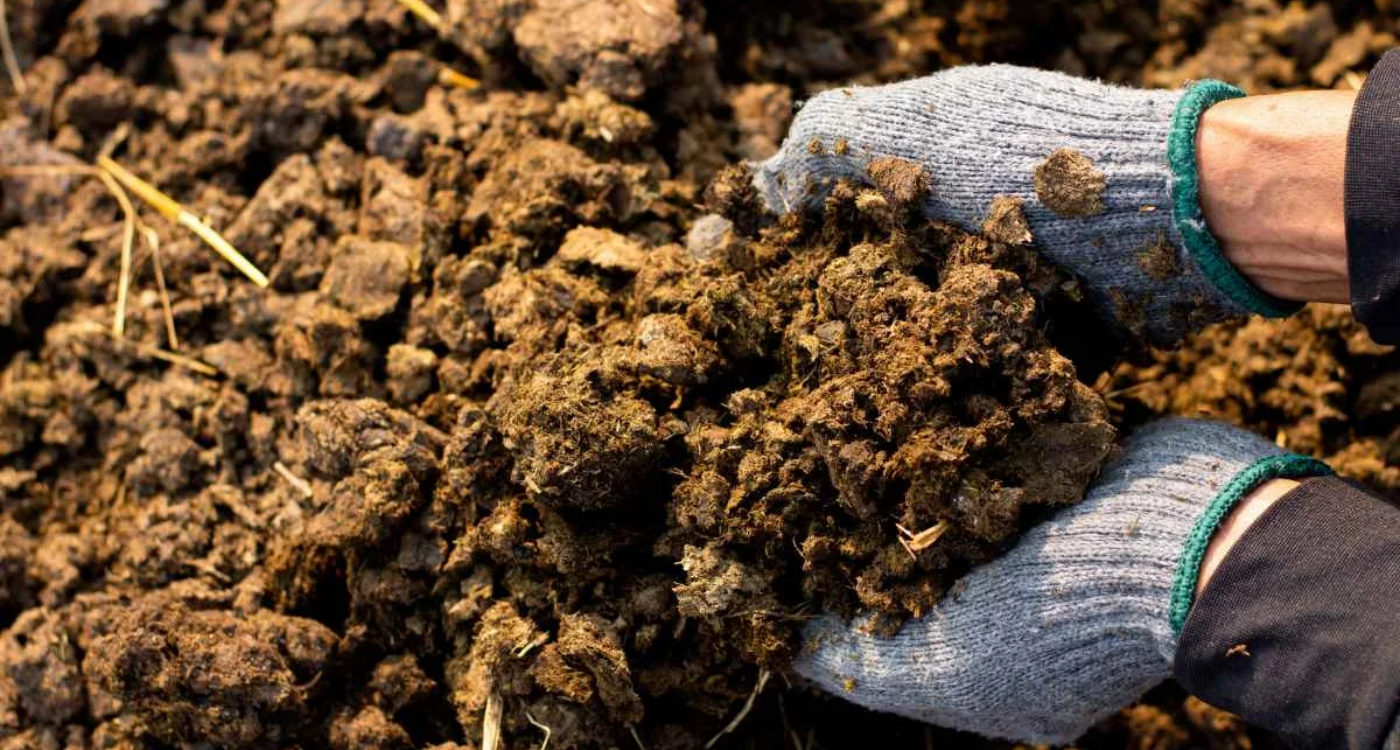
Depending on the animal type, diet, bedding, and manure storage procedures, animal manures provide varying quantities of nutrients. The amount of nutrients accessible to the plants is determined by the time of year the manure is applied and the speed with which it is integrated into the soil. All three components are found in greater abundance in poultry manure.
2. Compost Tea
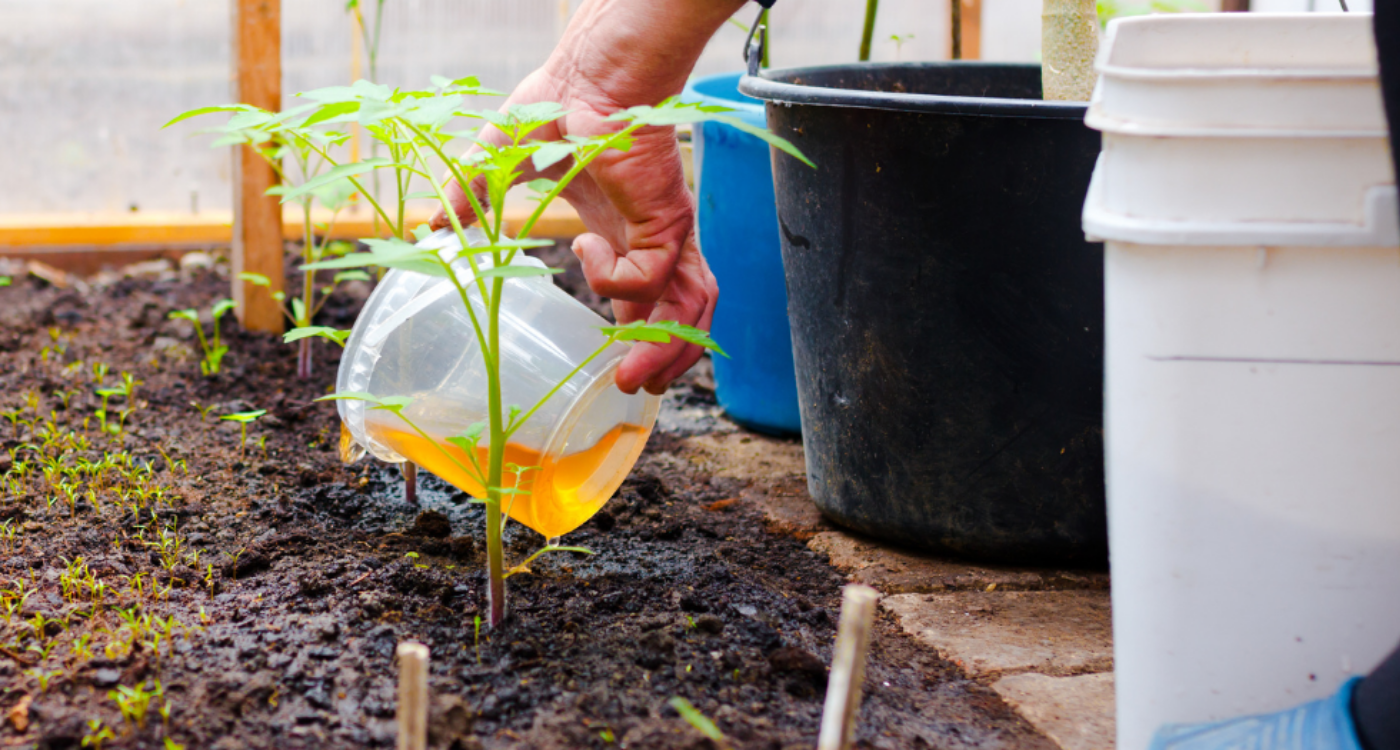
The NOP is challenging compost tea, which has long been preferred by organic gardeners and biodynamic farms, since badly produced compost tea has the potential to transfer food-borne viruses onto plant portions designed to be eaten raw by people. It is still a hot issue of conversation among federal authorities. If you’re not sure whether your compost meets all of the standards, especially if you’re using store-bought compost, the raw manure timing constraints will most likely apply.
3. Egg shells

Instead of tossing away egg shells, break them and add them to your soil or vermicompost. Its nitrogen, phosphorus, and, most importantly, calcium will assist your plants. Even the water used to cook eggs is calcium-rich. Tomatoes, squash, peppers, and other vegetables prone to blossom end rot benefit the most from eggshells.
4. Soft rock phosphate
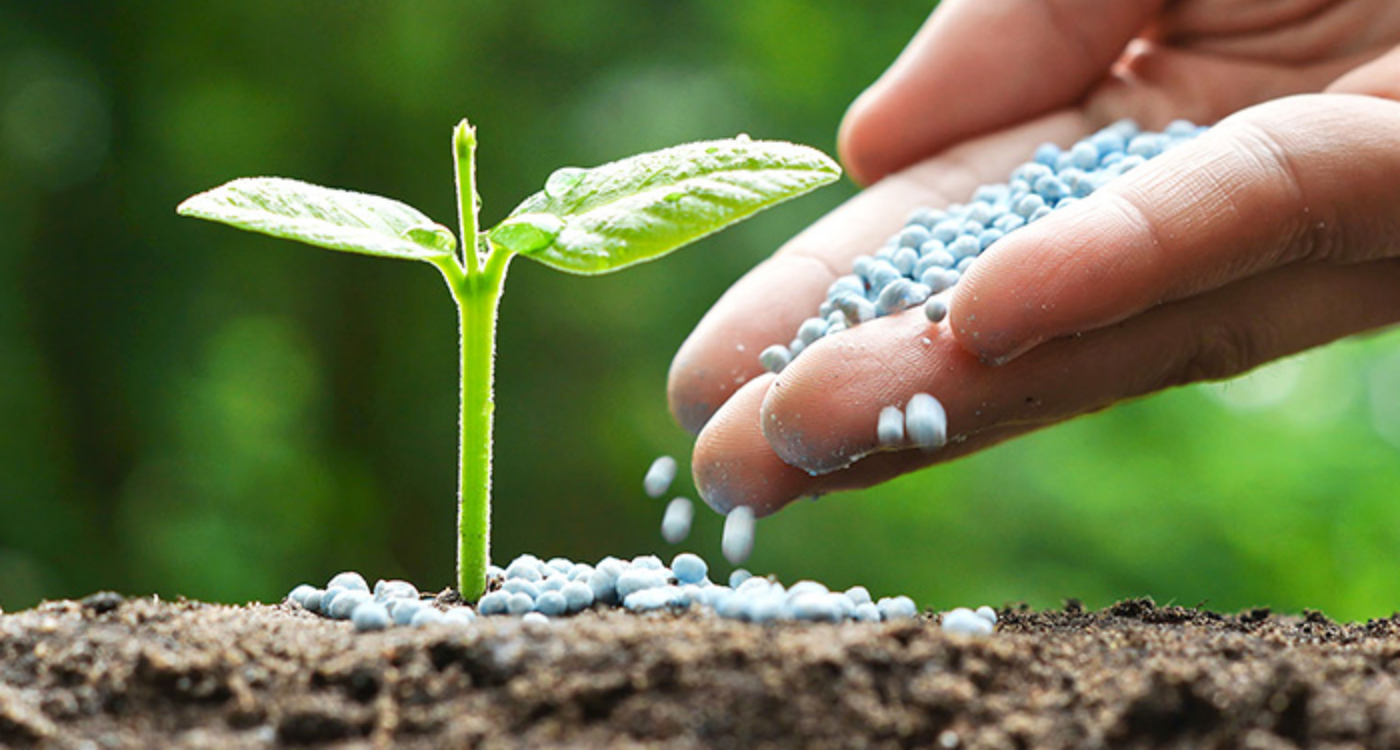
Phosphorus is found in rock phosphate, but it also contains calcium, carbon, and a variety of trace elements, the majority of which are beneficial to plants. Unfortunately, some naturally mined phosphate sources include large levels of heavy metals. When organic phosphate materials are applied to a growing cover crop a year or more before the crops require the nutrients, they are most effective.
5. Kelp meal
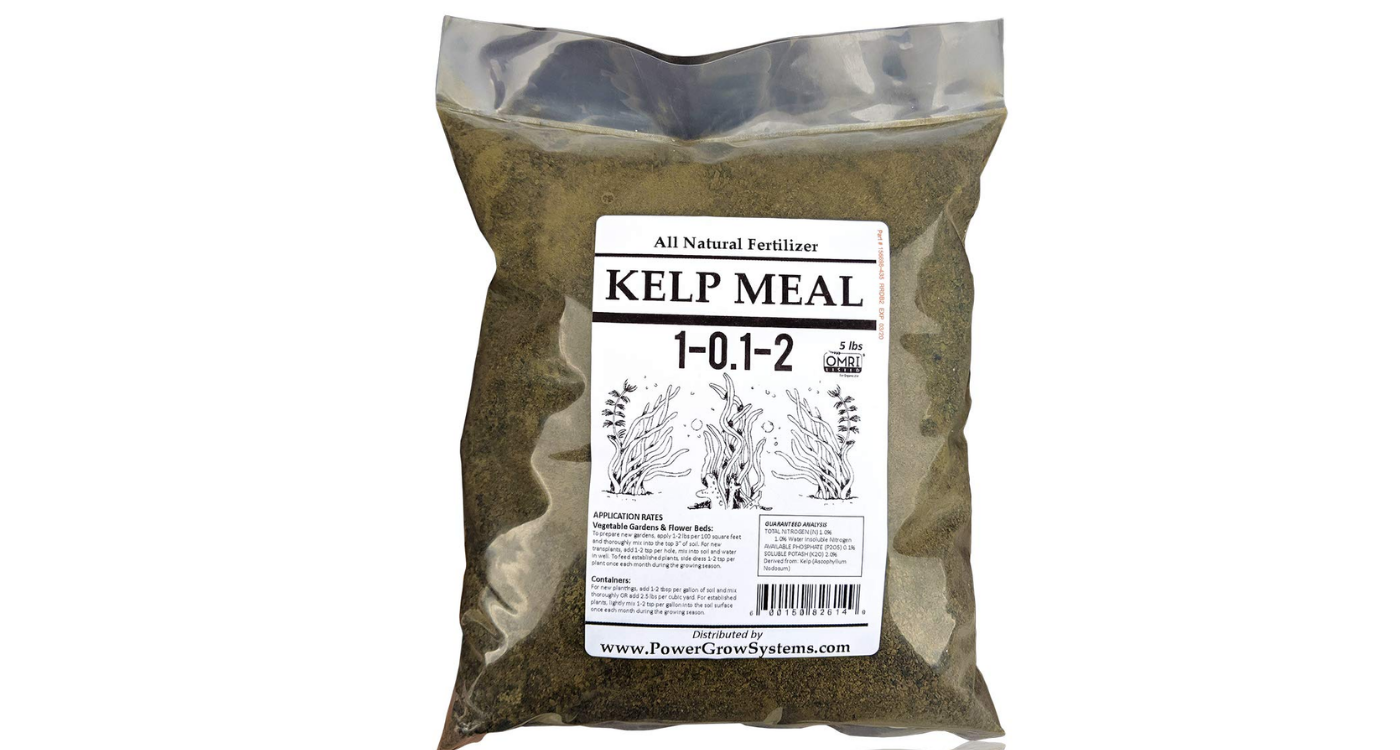
The majority of seaweed fertilizers are made from collected, dried, and pulverized kelp. Kelp meal can be used as a starting fertiliser or straight on the soil. It has a good flow and may be applied with most fertilizer spreaders. It can be used with other dry additives and fertilizers. Kelp meal is most typically utilized on high-value crops due to its high cost.
6. Fish meal and fish emulsion
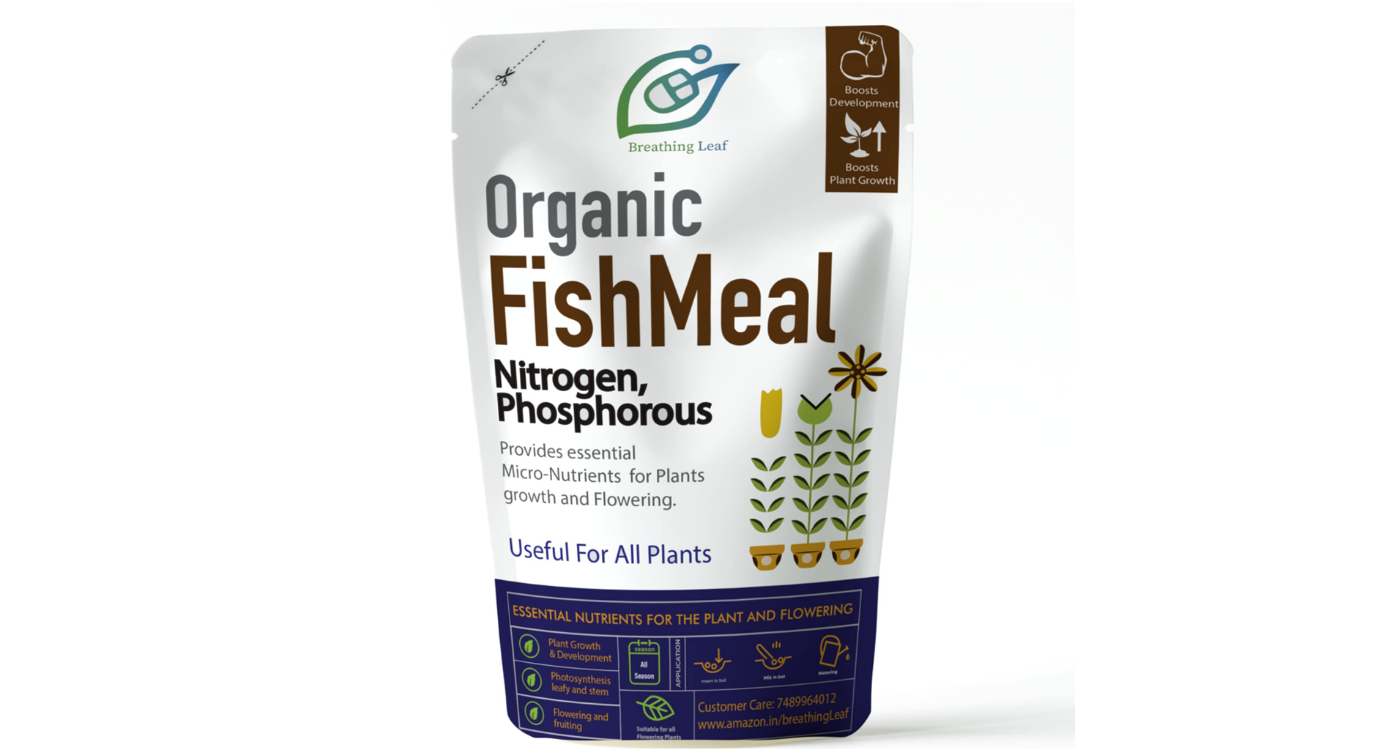
Like other animal by-products, fish meal and fish emulsion are high in nitrogen. Fishmeal has a nitrogen content of 10% and a phosphate content of 6%. It’s most commonly used as a feed supplement, but it may also be used as a fertiliser. Synthetic preservatives, stabilizers, and other compounds forbidden by the NOP may be present in fish products.
7. Coconut Coir

The coconut coir or the egg box packing cushioning creates excellent mulch, acting as an extra soil layer to save soil, retain water, decrease weed development, and improve aesthetics. It’s high in carbon and may be used to make compost. It is one of the cheapest and best ways to improve soil fertility.
8. Colloidal phosphate from clay
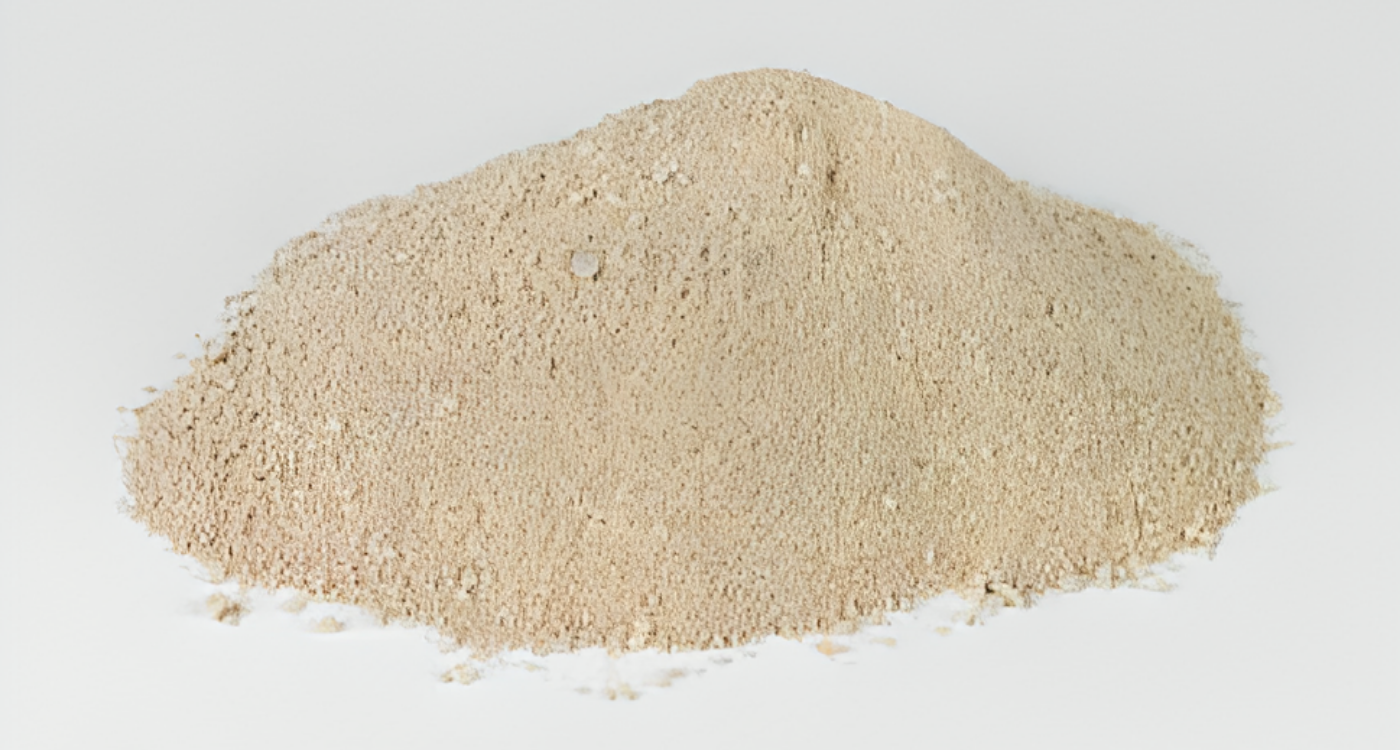
Soft rock phosphate is more readily accessible than hard rock phosphate, while clay-based phosphates are more readily available than rock phosphates. Synthetic phosphorus fertilizers are created by converting rock phosphate into a water soluble form by reacting it with acids and other chemicals. Bone meal generally has a total phosphate content of around 27%, with virtually all of it easily accessible.
9. Granite dust

Granite dust is frequently offered as a “slowly available” source of potash for organic farming. Granite dust generally includes 1 to 5% potash, depending on the total mineral composition of the rock; however, because granite is mostly feldspar, a very insoluble mineral, only a small amount of the potassium is readily accessible.
10. Lime and gypsum

Lime and gypsum are suitable material for balancing the pH of the soil and supplying calcium. When increasing the pH of the soil and adding calcium, we should avoid using high-Mag or dolomitic lime. Better options include high-calcium lime or gypsum, which is calcium sulphate. Gypsum is also a good source of sulphur, which is important for the health of plants and the animals that consume them.
Integrated soil fertility management attempts to improve crop output by increasing the efficiency of agronomic nutrient usage. Some of the best ways to increase soil fertility.
Also Checkout: 10 Technological Innovations That Are Transforming Indian Agriculture
Conclusion
In conclusion, the vitality of our soils plays a pivotal role in food production, environmental preservation, and ecological balance. Employing these ten effective strategies to enhance soil fertility can transform depleted or suboptimal soil into a thriving resource capable of supporting healthy plant life and ensuring bountiful harvests. Whether through organic matter addition, crop rotation, cover cropping, or the judicious use of fertilizers, each approach contributes to the overall goal of achieving and maintaining fertile soil.
By adopting these practices, we not only benefit our immediate agricultural endeavors but also contribute to the broader sustainability and health of our planet. Cultivating fertile soil is an investment in the future of agriculture and the environment, ensuring that our land remains productive and resilient for generations to come.






